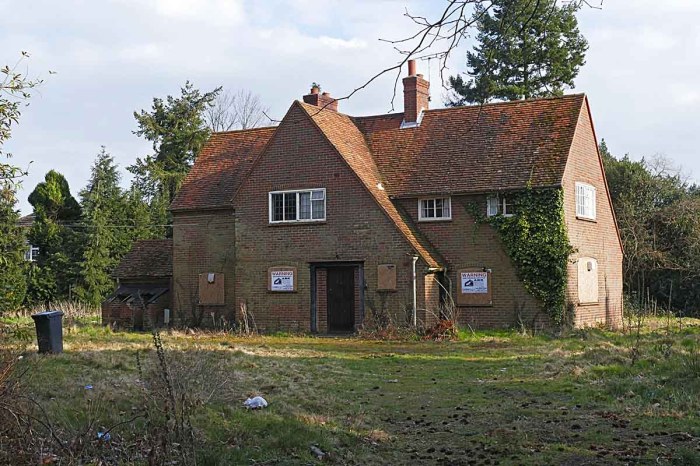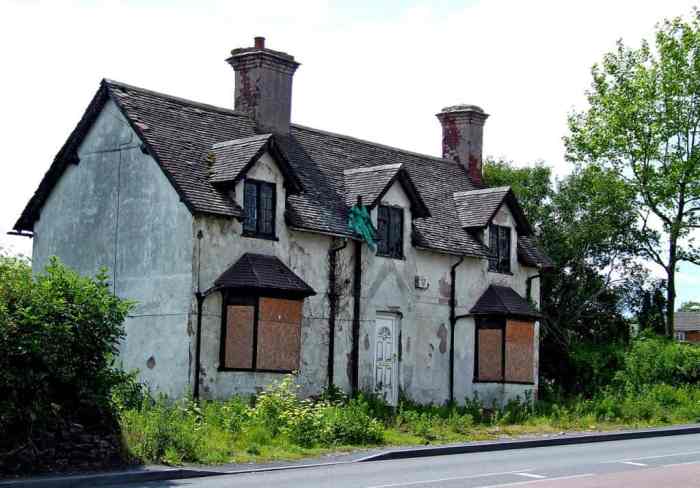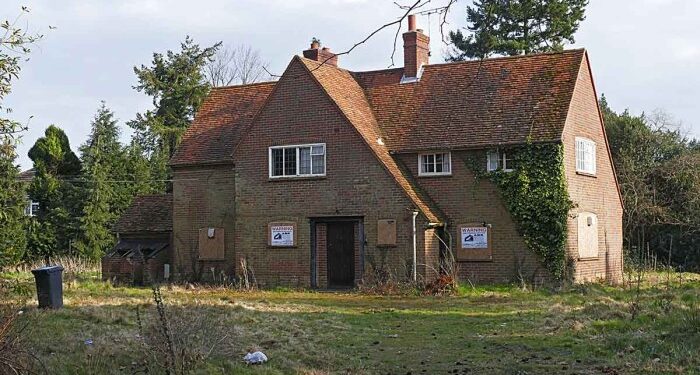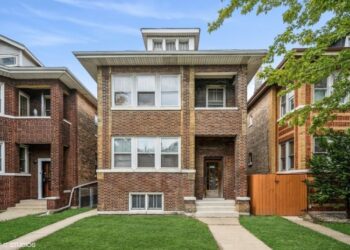Embark on a journey through the world of derelict properties for sale, where potential meets possibility. This guide offers a comprehensive look at the nuances of purchasing, renovating, and owning these unique properties, providing valuable insights for those seeking a new venture in real estate.
Delve into the realm of derelict properties and discover the hidden gems waiting to be revitalized and transformed into something extraordinary.
Understanding Derelict Properties

A derelict property refers to a building or piece of real estate that is in a state of disrepair, neglect, or abandonment. These properties often require extensive renovation or reconstruction to make them habitable or usable.
Common Characteristics of Derelict Properties
- Decay and deterioration of the structure
- Overgrown vegetation and neglect of landscaping
- Damage to windows, doors, and roofing
- Presence of pests or mold
- Abandoned or vandalized appearance
Potential Challenges of Purchasing and Renovating Derelict Properties
While derelict properties may present opportunities for investment and revitalization, they also come with a set of challenges that need to be considered:
- High renovation costs due to extensive repairs needed
- Uncertain property history or title issues
- Legal and regulatory hurdles to navigate
- Potential for hidden structural damage
- Limited access to financing for such properties
Finding Derelict Properties for Sale
Finding derelict properties for sale can be an exciting but challenging endeavor. Here are some tips on how to locate these potential gems and the importance of conducting thorough research before making a purchase.
Exploring Different Sources
When looking for derelict properties for sale, consider utilizing various sources such as online listings, property auctions, and real estate agents specializing in distressed properties. Online platforms like auction websites, real estate listing sites, and property portals often feature derelict properties that are up for sale.
Additionally, attending property auctions can provide opportunities to bid on distressed properties. Real estate agents with experience in dealing with derelict properties can also help in identifying suitable options.
Tips for Conducting Research
Utilize online resources
Websites dedicated to distressed properties can be valuable sources of information.
Visit the property
Conducting a physical inspection of the property is crucial to assess its condition and potential renovation costs.
Research the neighborhood
Consider the location and surrounding area to determine the property's value and future potential.
Seek professional advice
Consult with real estate experts, contractors, and legal advisors to ensure you are making an informed decision.
Importance of Due Diligence
Before purchasing a derelict property, it is essential to perform due diligence to avoid any potential pitfalls. This includes:
- Checking the property's title and legal status.
- Assessing the cost of repairs and renovations.
- Verifying zoning regulations and planning permissions.
- Evaluating the property's resale value and potential return on investment.
By exploring different sources, conducting thorough research, and performing due diligence, you can increase your chances of finding a suitable derelict property for sale and making a wise investment decision.
Evaluating Derelict Properties
When considering purchasing a derelict property, it is crucial to evaluate various factors to determine its condition, renovation costs, and legal implications.To begin with, assessing the condition of a derelict property involves examining the structural integrity, extent of damage, presence of hazardous materials such as asbestos or lead paint, and overall feasibility of renovation.
It is essential to hire a professional inspector or contractor to provide a detailed assessment to avoid any surprises during the renovation process.
Factors to Consider when Evaluating the Condition of a Derelict Property:
- Structural Integrity: Check for any signs of foundation issues, water damage, or structural cracks.
- Hazardous Materials: Determine if the property contains asbestos, lead paint, or mold that may require special removal procedures.
- Extent of Damage: Evaluate the overall condition of the property, including the roof, windows, plumbing, and electrical systems.
- Feasibility of Renovation: Consider the scope of work needed to bring the property up to code and whether it aligns with your budget and timeline.
Assessing Potential Renovation Costs and Feasibility:
- Obtain multiple quotes from contractors to get an accurate estimate of renovation costs.
- Factor in additional expenses such as permits, labor costs, and unforeseen repairs that may arise during the renovation process.
- Create a detailed renovation plan outlining the specific upgrades and repairs needed to transform the derelict property into a habitable space.
Legal Aspects Involved in Purchasing and Owning a Derelict Property:
- Research zoning laws, building codes, and historic preservation regulations that may impact your renovation plans.
- Consult with a real estate attorney to review the legal documents associated with the property and ensure a smooth transaction.
- Consider any potential liens, back taxes, or other financial obligations tied to the property that may affect the purchasing process.
Renovating Derelict Properties

Renovating a derelict property can be a rewarding but challenging process. It requires careful planning, budgeting, and a solid timeline to ensure the project runs smoothly and efficiently.
Creating a Renovation Plan
Renovating a derelict property starts with creating a detailed renovation plan. This plan should Artikel the scope of work, the necessary permits, and any structural changes needed. It's important to prioritize tasks and set a realistic timeline for completion.
Importance of Budgeting and Timelines
Budgeting is crucial when renovating a derelict property. Unexpected costs can arise, so it's essential to have a contingency fund. Setting a realistic budget and sticking to it will help prevent overspending. Timelines are also important to ensure the project stays on track and is completed in a timely manner.
Common Renovation Challenges and How to Overcome Them
1. Structural Issues
Derelict properties often have structural issues that need to be addressed. It's important to hire a professional to assess the structural integrity of the property and make the necessary repairs.
2. Permit Delays
Obtaining permits can be a lengthy process, causing delays in the renovation timeline. To overcome this challenge, it's essential to start the permit application process early and follow up regularly.
3. Unexpected Costs
Renovating a derelict property can uncover unforeseen issues that require additional funds. Having a contingency budget in place can help cover these unexpected costs without derailing the project.
Summary
In conclusion, the realm of derelict properties for sale is a realm of endless potential and opportunity. With the right knowledge and resources, these neglected properties can be turned into lucrative investments or dream homes. Seize the chance to explore this fascinating world and unlock the possibilities that await.
Query Resolution
What defines a derelict property?
A derelict property is typically a neglected or abandoned building or land that is in a state of disrepair.
Where can one find derelict properties for sale?
Derelict properties can often be found through online listings, auctions, or by working with real estate agents who specialize in such properties.
What factors should be considered when evaluating a derelict property?
Factors such as the extent of damage, renovation costs, and feasibility of restoration are crucial when evaluating a derelict property.
How important is due diligence before purchasing a derelict property?
Due diligence is essential to ensure that buyers are fully aware of the challenges and potential costs involved in renovating a derelict property.
What are common renovation challenges faced when renovating derelict properties?
Common challenges include unexpected structural issues, budget overruns, and timeline delays during the renovation process.













